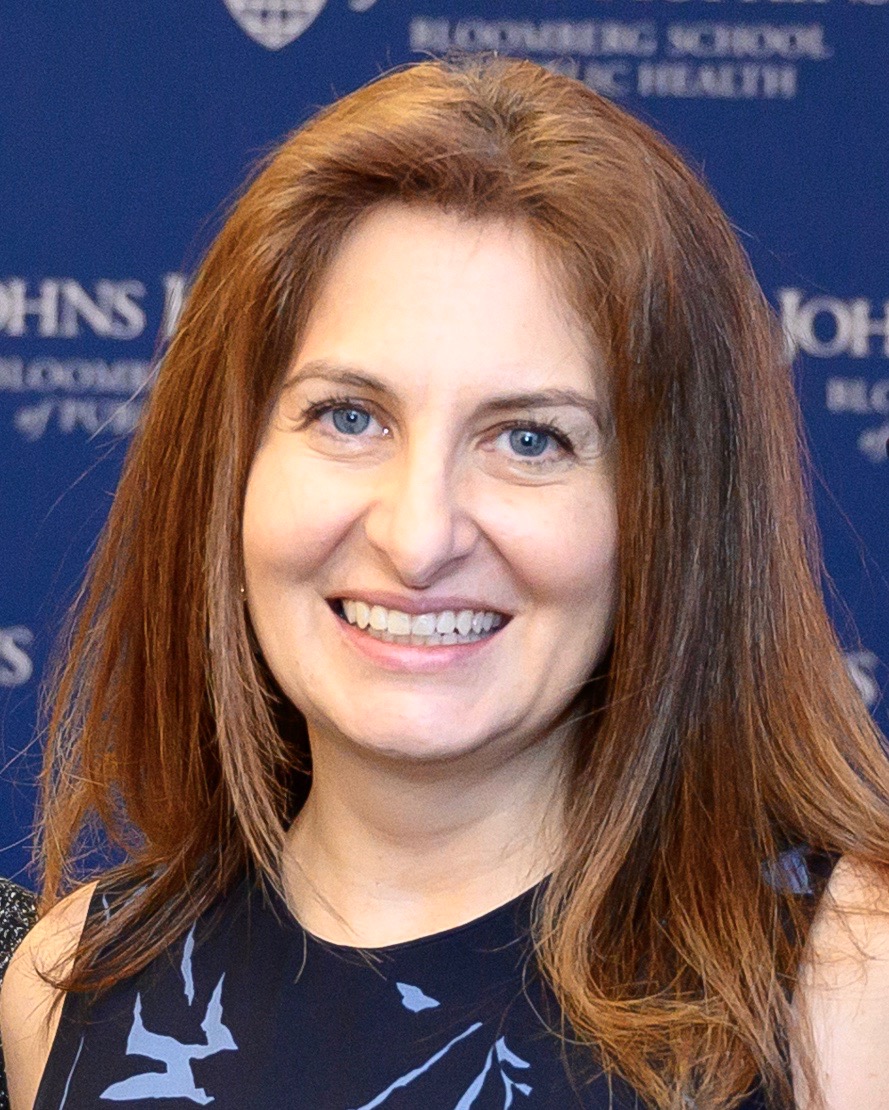The Center for Adolescent Health is a Prevention Research Center that is funded by the Centers for Disease Control and Prevention (CDC) and housed at the Bloomberg School of Public Health at Johns Hopkins University in Baltimore. Tamar Mendelson is its executive director.
The Center’s mission is to promote health equity and thriving for urban youth. It’s location within a school of public health in the heart of a large urban area is a reflection of its approach – and Mendelson’s vision. The Center draws on the city for both its research and its translation, doing trainings, working in the schools, and dealing directly with young people to promote youth thriving.
“If we find something in our research, we don’t just publish in scientific journals,” she said. “We think about ways of getting the information into the community.”
As part of the Bloomberg American Health Initiative, the center is leading work on “disconnected youth” – a term that defines young people ages 16-24 who are disconnected from both school and employment. They are often called “opportunity youth,” as the promise of their engagement has significant societal benefits.
Mendelson is a strong proponent of viewing the issue of youth disconnection, and the significant disparities associated with it, as a public health problem, meriting large-scale, population-based strategies focused on prevention as well as reengagement.
Mendelson says she came to a public health perspective only after having been trained as a clinical psychologist where her work focused on treatment rather than prevention. It was when she was interning at a public hospital in San Francisco that she began to learn about the social determinants of mental health.
“I was working with people in extreme poverty who had serious trauma histories, and I became very interested in prevention: how to reach people in the community before they are experiencing significant suffering.”
It is the promise of reaching youth at risk for disconnection early on that Mendelson finds most hopeful about the Center’s work – that, and the focus on the structural factors that lead to the large disparities in who becomes disconnected.
Simmering under the surface
In 2016, nearly 12% of teenagers and young adults aged 16 -24 in the United States were both out of school and out of work. According to a recent report, authored by Mendelson and her colleague, Kristin Mmari, these young people have a disproportionate share of problems as they age. These include chronic unemployment, poverty, mental health disorders, criminal behaviors, incarceration, poor health, and early mortality. (Opportunity Youth: Insights and Opportunities for a Public Health Approach to Reengage Disconnected Teenagers and Young Adults)
The disparities within this populations are striking. According to the report, youth disconnection occurred in 6.6% of Asian American, 9.7% of White, 13.7% of Latino, 17.2% of Black, and 25.8% of American Indian/Alaska Native young people.
While reengagement programs – many focusing on linkages to skills training – are a critical part of the solution, Mendelson takes a broader view.
“Most disconnected youth grew up in impoverished households and are the victims of schools, child welfare programs, and other systems that failed to meet their needs. Their poor emotional and behavioral health outcomes are therefore not surprising.”
Mendelson and her team advocate for using the tools of public health – data, funding, population engagement and evaluation – to augment the work that is being done in reengagement. She also believes that early “engagement” with caring adults can make an enormous difference.
“What we know more generally as psychologists, and as people who are invested in positive youth development, is that relationships with caring adults are a huge part of being connected,” she said.
Putting it to work
Mendelson’s team works directly in Baltimore City, learning from youth and community partners, and then scaling the knowledge throughout the country. Programs include school-based interventions that promote positive mental health in young people.
One trauma-informed initiative, called Project POWER (Promoting Options for Wellness and Emotion Regulation), works with 8th graders on mindfulness, coping abilities and resiliency to ensure a smoother transition into high school.
It is clear that Mendelson is particularly excited about the YAB – a Youth Advisory Board of 25 or so young people, one member just ten years old, who hold trust in the community and help the center focus its work. One of their latest ideas was the “Granny Project.”
To address widespread food insecurity among young people, the YAB interviewed grandmothers in the community (grandfathers, too) in order to teach younger people how to cook and prepare larger meals for block parties and community events.
“It is phenomenal to see the resilience, talent and joy that these young people bring,” said Mendelson. “Many have made it through a lot of hardship, and they have so much to offer.”
Opportunity indeed.


